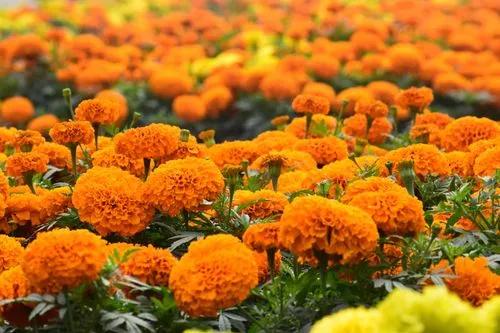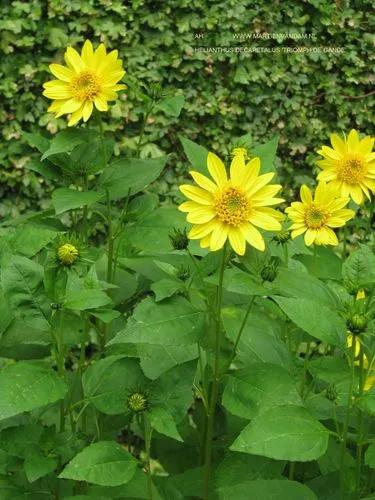Lycaste is a plant from the Orchidaceae family. This plant has many subspecies. However, they are all very similar to each other in properties and differ only in colors. These bright orchids are always a beautiful and stylish choice for any living area!
Lycaste orchid Care
lycaste cochleata
Other names: Shell-shaped Anther Lycaste



In the wild, this plant lives in the tropical forests of Central and South America and the Caribbean. An adult Lycaste orchid has a height of 40 - 60 centimeters (15-24 inches). It has a short, thick stem and elongated leaves. During the flowering period, the plant acquires a few large flowers. Flower colors range from red and yellow to white and pink. The flowers are 3-8 inches (7-20 cm) in size.
How to Care for the Plant

Water

This is a water-loving plant. You should irrigate it regularly with warm water. Remember to keep the soil moist. However, the liquid should not stagnate in the roots! You can give your orchid a sip about every three weeks during the dormant period (from autumn to spring). In summer, you can immerse the plant's root system in water. Lycaste loves moist air, however, spraying your greenie is not recommended. Excess moisture is bound to lead to root rot or leaf spots.

Pruning

During the dormant period, you can remove the withered parts of the stems and flowers from your plant.

Fertilizer

Regular feeding is an essential component of caring for this type of orchid. During the new growth period, use orchid fertilizers to feed your Lycaste. You can do it once every 2 weeks. We recommend using a fertilizer with high nitrogen content at the beginning of the growing season. After a few months, switch to the nourishment medium with phosphorous.

Sunlight

Lycaste loves soft, diffused light. It feels good in partial shade during the dormant period. Protect the plant from the scorching sun rays and drafts. The best place for your orchid is next to an east-facing window.

Soil

You can use a ready-made orchid substrate. You can also make the mix yourself. Simply combine leafy soil, bark, and peat.

Propagation

This flowering plant propagates by dividing the bush. We recommend doing this in March by dividing the bush into two equal parts.

Temperature

Lycaste needs a moderate temperature regime. In summer, the temperature should be 64-77°F (18-25°C). During dormancy, your flower will thrive at 59-70°F (15-21°C).

Container

It would be best if you chose a spacious container to accommodate the plant's root system freely. Lycaste usually needs repotting every three years. Don't forget to ensure your pot has proper drainage!

Fun fact

Lycaste orchid is an epiphytic plant. In the wild, it usually grows from tree trunks.

Popularity

40 people already have this plant 11 people have added this plant to their wishlists
Discover more plants with the list below
Popular articles






